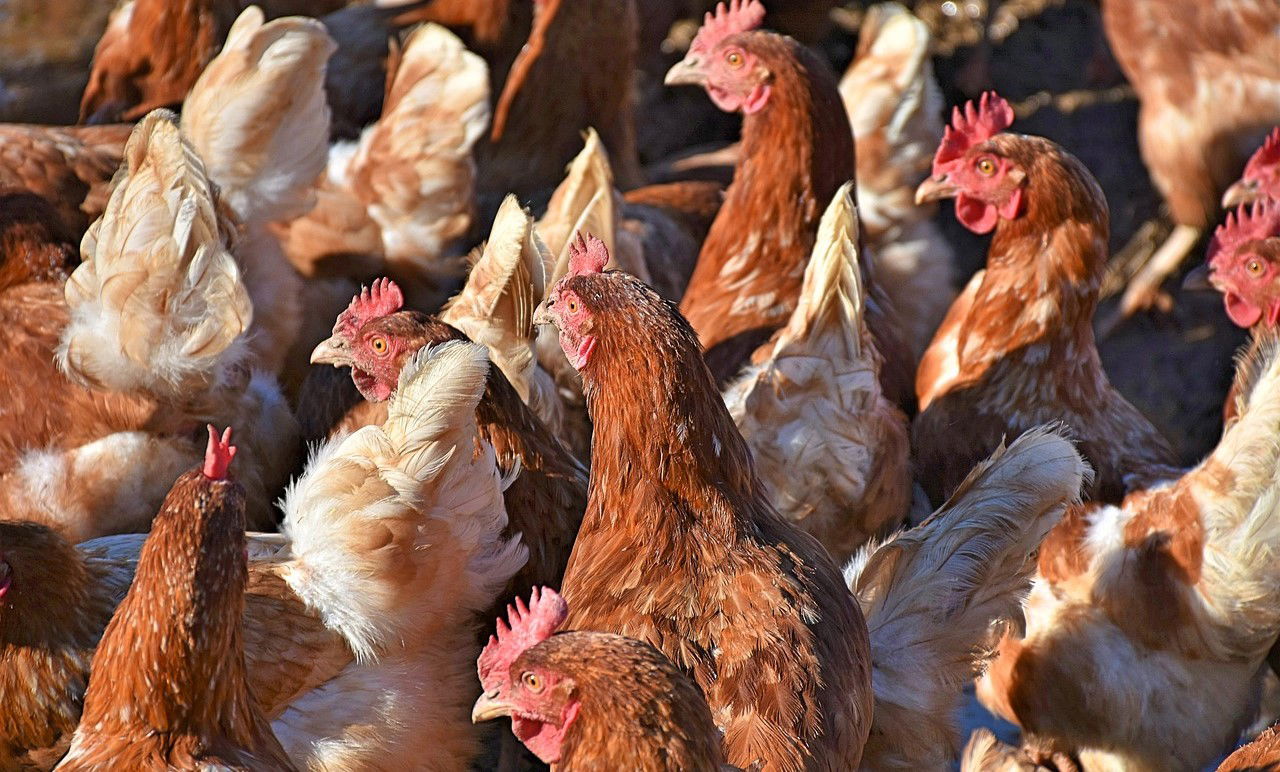
The Food and Agriculture Organization of the United Nations (FAO) has issued a call for urgent regional collaboration to address the escalating avian influenza cases in the Asia-Pacific. This plea came after a consultation in Bangkok involving regional experts, with support from the United States Agency for International Development (USAID) and the Centers for Disease Control and Prevention (CDC).
Recent trends indicate a worrying uptick in avian influenza incidents. Following a period of minimal human infection, Cambodia reported 13 new human cases, with additional infections surfacing in China and Vietnam since late 2023. The situation is further complicated by the emergence of a new avian influenza variant, posing fresh challenges for scientists, public health officials, and communities.
Highly pathogenic avian influenza H5N1 virus has now spread to a broader geographical area than ever before, reaching regions as distant as South America and Antarctica. The virus is also infecting a wider range of wild and domestic animals, including scavenger species, marine mammals, carnivorous pets, animals farmed for fur, and more recently, farmed ruminants like dairy cattle.
The Greater Mekong Subregion, Indonesia, and the Philippines are under increased scrutiny due to their diverse ecological landscapes and limited biosecurity measures, heightening their vulnerability. Although Thailand and Myanmar have not reported outbreaks in recent years, regions such as India, Nepal, and Bangladesh are currently grappling with avian influenza outbreaks.
FAO highlights that the recent surge in avian influenza outbreaks is deeply concerning. Since late 2023, there has been a notable rise in human cases and the virus has spread to new animal species. The emergence of novel A/H5N1 strains, which are more easily transmissible, increases the pandemic threat. Immediate, coordinated preventive measures are essential.
FAO's appeal highlights the urgent need for coordinated actions to prevent a potential pandemic. It stresses the significance of monitoring and controlling the spread of avian influenza in the region.











